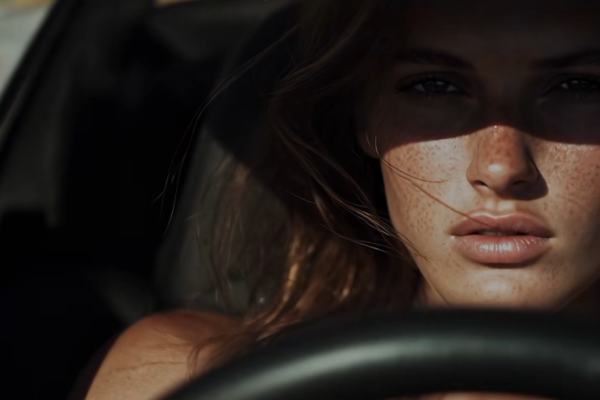
Consumer Psychology: Understanding the Appeal of Nostalgia Marketing
Nostalgia is a powerful emotion that can evoke comfort, longing, and happiness. It can transport us back in time and remind us of a simpler, more carefree era. Marketers have long recognized the power of nostalgia, and in recent years, we’ve seen a resurgence of “retro” marketing campaigns that tap into consumers’ fond memories of the past. But why does nostalgia marketing work? What is it about the past that resonates so deeply with consumers?
One reason is that nostalgia can provide a sense of continuity and stability in a rapidly changing world. As technology advances and society evolves, many people feel disconnected from the past. Nostalgia Marketing can help bridge that gap by reminding consumers of a time when things were simpler and more familiar. This can be especially appealing to older consumers who may feel overwhelmed by the pace of modern life.
CONSUMER EMOTIONS
Another reason why nostalgic marketing is effective is that it can tap into consumers’ emotions and create a sense of community. When we see an advertisement that features a beloved childhood icon or references a popular TV show from our youth, we feel a connection to the brand and to other consumers who share our memories. This can create a powerful sense of nostalgia-induced camaraderie that makes us feel good about the brand and more likely to engage with its products or services.

ROM COM FASHION – AN EMERGING TREND
The other day I was on a conference call with Pinterest where they mentioned that ROM COM is an emerging to look out for in 2024. Check out the latest Pinterest Trends report on upcoming trends, much of it you can see nostalgia marketing all over it. This trend has already begun with oversized outfits and is going to be a catalyst for looks consisting of Windbreakers, Mini-Skirts, and more.
Although this is focused more on fashion you will probably see a lot of it coming soon in other categories. Keep an eye on Ad Design, Style of Film, and more.
AUTHENTIC VS ARTIFICIAL
Nostalgic marketing can also be effective because it plays on our desire for authenticity. In a world where everything is mass-produced and artificial, consumers are increasingly seeking out experiences and products that feel genuine and “real”. Nostalgia, with its associations with a simpler, more authentic time, can be a powerful tool for brands that want to connect with consumers on a deeper level.
Of course, not all nostalgic marketing campaigns are successful. To resonate with consumers, brands need to strike the right balance between nostalgia and innovation. They need to tap into consumers’ memories without relying too heavily on outdated or insensitive stereotypes. They also need to offer something new and exciting that builds on consumers’ fond memories of the past.

HOW TO USE IT FOR YOUR BRAND OR DESIGNS
This past summer just witnessed the epic promotions around the Barbie movie with “Margot Robbie” and Ryan Gosling. That is a primary example of how to implement it in your next efforts if you choose to take a crack at it. Do you remember seeing
This will begin with who you are targeting, and what you’re selling, of course. Here are some questions to consider:
- Does your product resonate with people who spent their adolescence in the 90s (Also known as Gen Y) or early 2000s (Also known as Gen Z)?
- Does associating with Romance and Comedy resonate with your brand?
- Are there some influencers that came from that era that still have a following or their content was so timeless that it doesn’t matter which rock you pull them out of?
- Is there a way to use this style of marketing to build community or affinity around your brand?
CONCLUSION
In conclusion, nostalgia is a powerful emotion that marketers can harness to create powerful connections with consumers. By tapping into consumers’ memories of the past, brands can create a sense of continuity, community, and authenticity that can be very appealing.
However, brands must tread carefully when using nostalgia in their marketing campaigns and strike the right balance between nostalgia and innovation to create truly effective campaigns.




